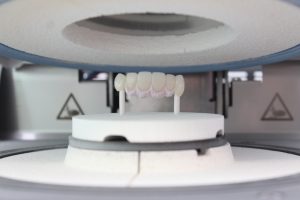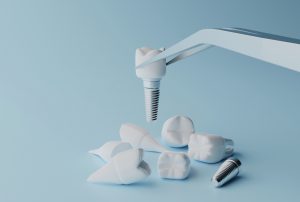Zirconia, otherwise known as zirconium dioxide, represents a strong ceramic material suitable for manufacturing of different specialized components by a reputable manufacturer of advanced technical ceramics. However, to receive the characteristics you need from the part your operations require it’s essential to ensure the adequacy of the manufacturing process itself. To do this, you first need to know more about the different aspects of said process.
How do you create zirconia ceramics?
The manufacturing process for zirconia is extremely complicated and it involves several complex procedures before receiving the final product. The basic principle of zirconia manufacturing involves heating this material to extremely high temperatures while limiting the oxygen amount present in the mix. However, there’s a lot more to this process:
Composite powder preparation
The process of preparing composite powder includes several different forms of mixing, as well as sol suspension and gel:
- Mechanical mixing: This is the process that creates a high-porosity mixture in most cases and it’s usually only capable of producing a zirconia material of inferior chemical and mechanical properties.
- Multiphase suspension mixing: This procedure begins with single-phase suspension that uses dispersed components. After that it’s time to determine the required conditions that will allow uniform and complete dispersion of particles. The preparation of uniform powder involves the implementation of common flocculation conditions in which the flocculant serves to absorb any submicron flocs created when combining suspended materials and bridging any gaps present between them.
- Sol suspension: The introduction of nano sol, which represents a heterogeneous mixture, makes it possible to achieve successful suspension mixing.
- Sol gel: This gel serves to produce a solid material from miniscule particles by converting monomers into a complete colloidal solution that serves as the foundation for the sol gel which ultimately produces a nano powder of a uniform quality.
 Compacting and grinding
Compacting and grinding
The engineers apply a stabilizer into the material received from the process of mixing and from a ball with a very small portion of the binder. From there, the material undergoes compression under 60 to 100 MPa of force in order to create zirconia oxide powder.
Sintering
The sintering process heats stabilized zirconia to extremely high temperatures of over 1000℃. There are several different methods for performing this procedure in order to consolidate the ceramic powder:
- Electric field sintering: This method implements a DC (direct current) electric field to sinter the zirconia.
- High-pressure sintering: This procedure uses extremely high pressures, up to several hundred thousand atmospheres, to change the structure of the material and help it reach the desired high density.
- Activation sintering: This process implements chemical or physical methods to force the rectant’s molecules to enter a high-energy state prior to sintering. This procedure operates at reduced temperatures, lasts for a shorter amount of time and enhances the effect of sintering.
- Cold sintering: The action of cold sintering stems from the demands for lowered pollution that results from high-temperature sintering. This method implements a special liquid to help the interdiffusion and rearrangement of particles alongside lowered heat and pressure. The pressure ranges from 100 to 500 MPa while the heat necessary can go as low as 300℃.
Machining
This is the final portion in preparing zirconia for the creation of various parts and components fit for a range of specialized applications. The machining process requires special tools, such as:
- Natural diamond tools
- Polycrystalline diamond tools
- Chemical vapor deposition tools
- Cubic boron nitride tools
Who is the leading manufacturer of advanced technical ceramics I should partner with?

To do that you need to partner with a reputable injection molding company that specializes in zirconia manufacturing. Wunder Mold is one such company. We offer possibilities for a wide range of carefully designed and engineered parts and components made from this technical ceramic with advanced equipment and utmost precision. You can reach out to us at sales@wundermold.com or contact us via phone.
 Compacting and grinding
Compacting and grinding